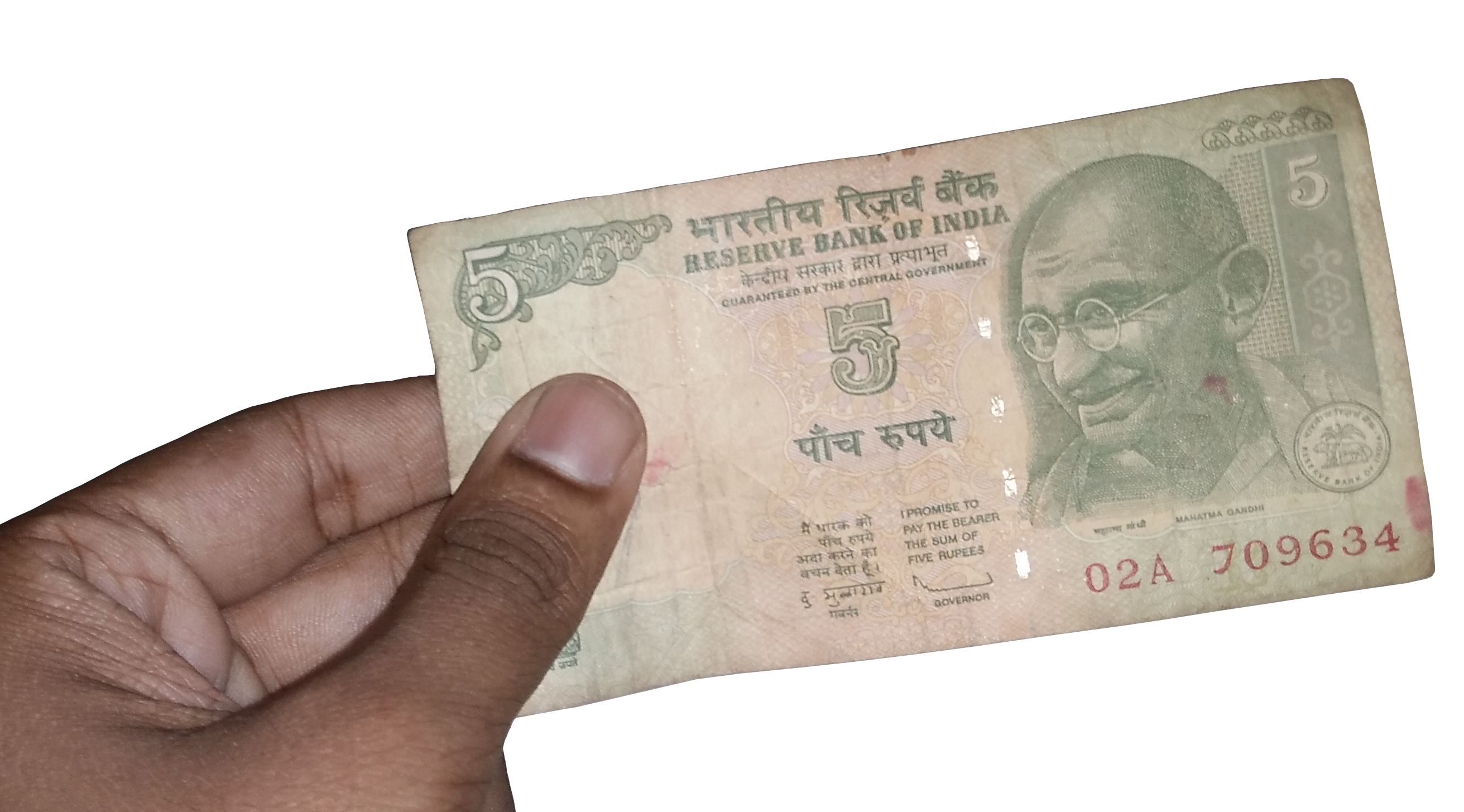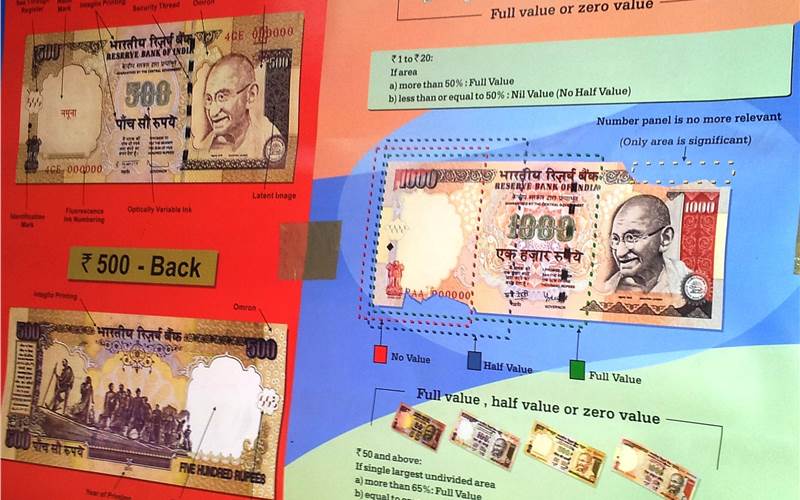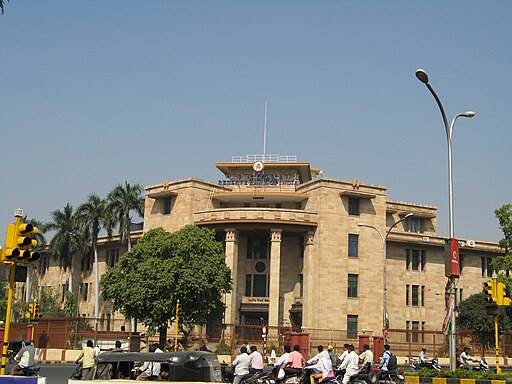The Currency Quiz - Do you know your notes as well as you think you do?
Don't be rash about your cash. PrintWeek India's Sriraam Selvam asks you 10 questions about how well you know your Indian currency. Answer these questions and see if you can talk the money talk.
22 Nov 2016 | By Sriraam Selvam
Question 1: India is the world’s second-largest producer and consumer of currency notes? Which country consumes more cash currency than India?
Answer: China.
Question 2: Which was the country's first press to print currency?
Answer: Nashik in Maharashtra. In 1926, the British government constructed the region’s first-ever currency printing press in Nashik, Maharashtra. In 1928, it produced the Rs 5 note.

Question 3: The high-security banknote production facility in Mysuru which is credited with the design of the Rs 2000 banknote has been up and running since November 2015. What is the installed capacity of the Mysuru paper mill?
Answer: The Mysuru mill has an installed capacity of 12,000 metric tonnes or 16 billion note pieces, annually. India consumes 22,000 metric tonnes of such paper every year and that accounts for at least 40% of the total cost of manufacturing money. However, until recently, India used to import many of the raw materials needed to make money. For instance, it got 95% of the watermarked paper required for currency notes from Germany’s Giesecke & Devrient and Britain’s De La Rue.
Question 4: How many printing presses in India print our currency?
Answer: Four. The four print sites are located in Mysuru, Salboni, Nashik and Dewas. These printing presses also ensure security features like the optically variable ink, reflecting colours are included on the security paper. Embedded security features, such as the multi-tonal, three-dimensional watermark, micro-lettering and security threads are incorporated in Mysuru and Hoshangabad.
Question 5: What is the history of the humble rupee note?
Answer: The British government first issued rupee notes in India in 1862. These notes were sourced from the UK-based Thomas De La Rue. Interestingly enough, De La Rue was a printing playing cards and postage stamp printer before they ventured into the business of currency printing. Today, the almost 200-year-old company is the world’s largest commercial banknote printer. Also, it supplies much of the paper used to make currencies to countries like Denmark and Kuwait.
Question 6: In 2015-16, how many notes did the BRBNML (Mysuru and Salboni) and Security Printing and Minting Corporation of India (Nashik and Dewas) print?
Answer: Together, they printed 21,195 million pieces of notes against an indent of 23,900 million pieces. Together, the four security presses have a production capacity of over three billion “pieces” of currency every month. These printed notes are despatched to vaults in over 19 offices of the RBI countrywide.
Reserve Bank of India, Nagpur Branch
Question 7: According to the Reserve Bank of India what is the system of cash disbursement?
Answer: In addition to the 19 offices of the RBI, there are 4,400-odd currency chests located all over the country. Plus there are 3,700 small coin depots at commercial banks and cooperative and regional rural banks across the country.
Question 8: Where are the new Rs 2,000 notes being printed?
Answer: The new Rs 2,000 notes are being printed in the two security presses of the RBI’s subsidiary, the Bharatiya Reserve Bank Note Mudran – one in Mysuru in Karnataka and the other in Salboni, West Bengal.
Question 9: The amount of currency to be printed in a year is a closely guarded secret between the RBI and which ministry in the Government of India?
Answer: The Ministry of Finance, whose Coins and Currency division oversees the exercise.
Question 10: What is the cost of printing cash?
Answer: For the year ended June 2016, the Reserve Bank of India supplied 21.2 billion banknotes and the printing costs were Rs 3,421 crore.
Reference source: The Revised Standard Reference Guide to Indian Paper Money by Rezwan Razack and Kishore Jhunjhunwalla.














 See All
See All